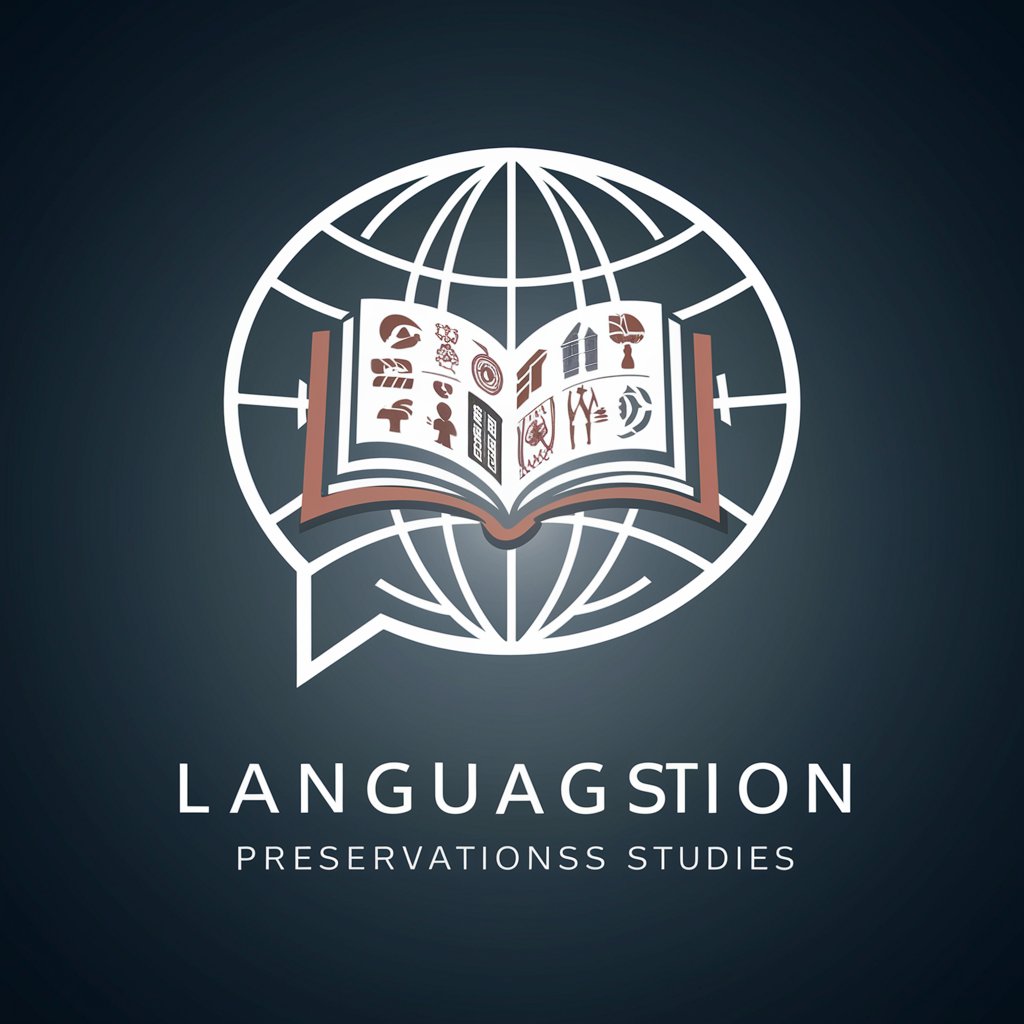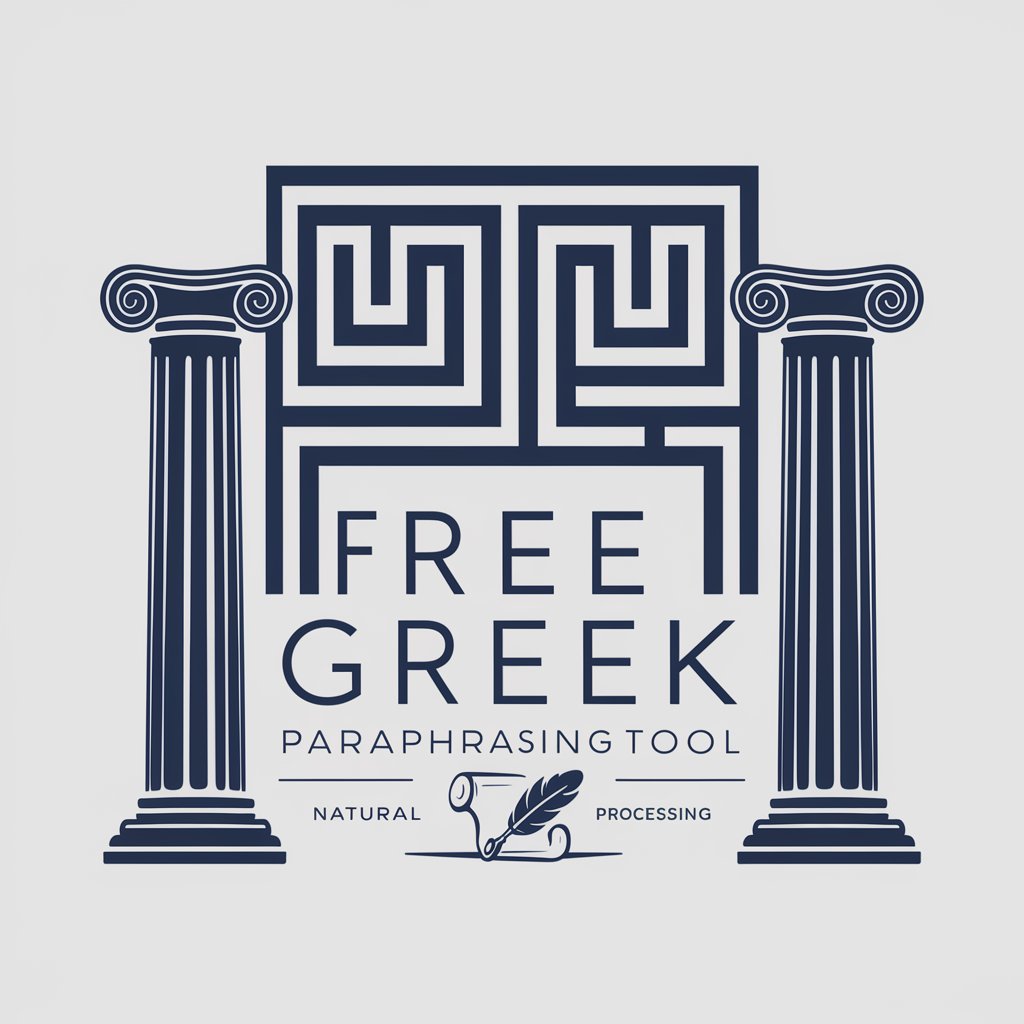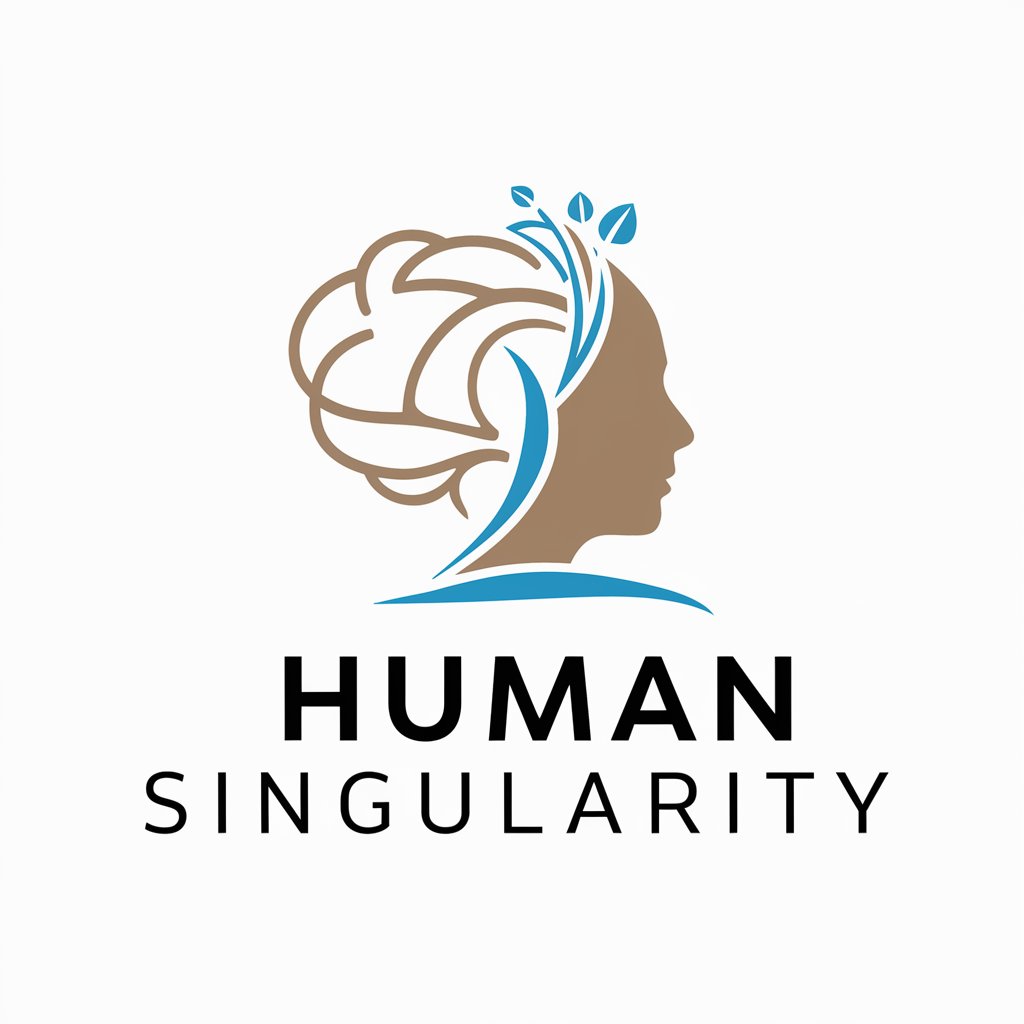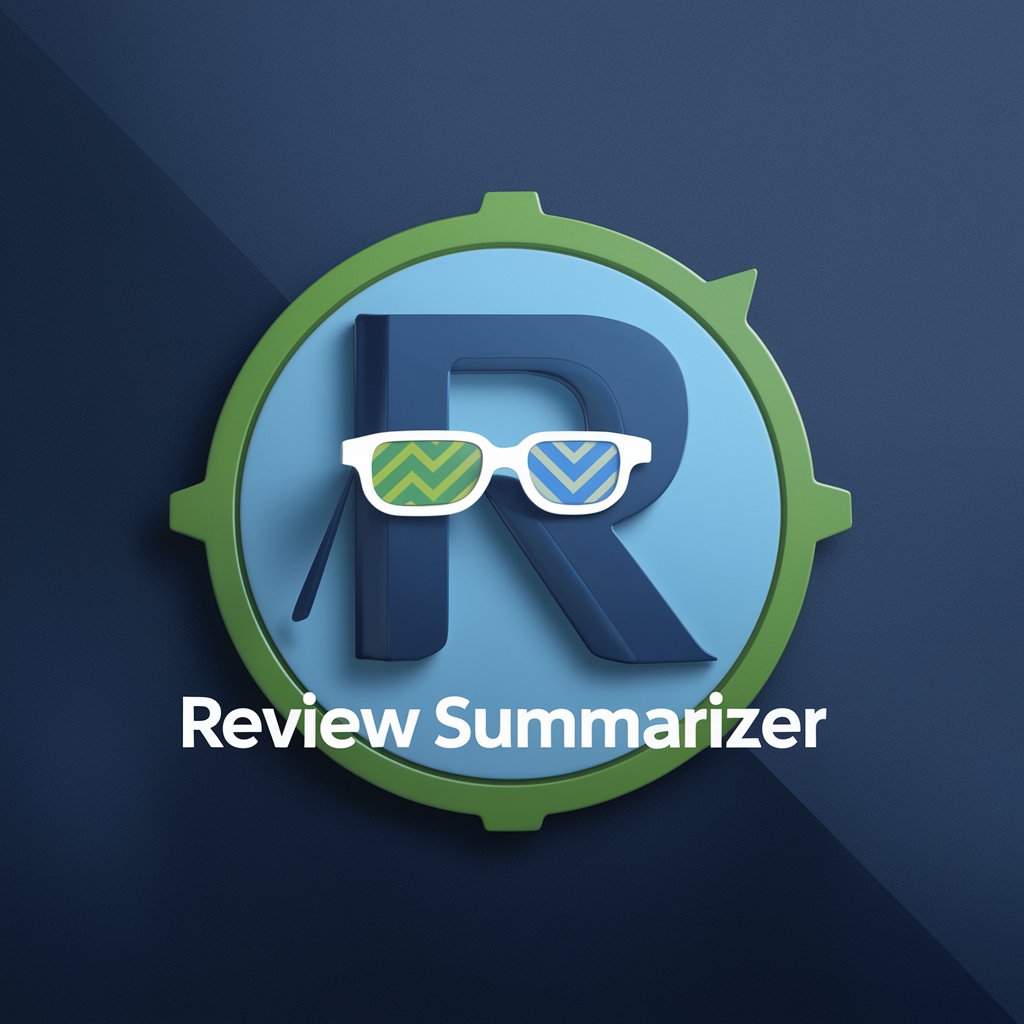language preservation - Language Documentation Tool

Welcome! Let's preserve and explore languages together.
Preserve languages with AI power
Explain the historical significance of...
Analyze the phonological features of...
Discuss the role of technology in...
Provide resources for learning...
Get Embed Code
Understanding Language Preservation
Language preservation involves the efforts and methodologies dedicated to documenting, sustaining, and revitalizing languages that are at risk of disappearing. This field intertwines linguistic research, community engagement, and technology to safeguard linguistic diversity and heritage. An integral part of cultural identity, languages carry unique knowledge, traditions, and worldviews. The design purpose of language preservation is multifaceted, aiming to support academic research, assist communities in revitalizing their native tongues, and enhance awareness about linguistic diversity. Examples include creating extensive dictionaries and grammar guides for endangered languages, recording native speakers to preserve pronunciation and usage, and developing language learning apps that make lesser-known languages accessible to a broader audience. Powered by ChatGPT-4o。

Core Functions of Language Preservation
Documentation
Example
Compiling dictionaries and grammar books for the Ainu language.
Scenario
Scholars and community members collaborate to document the vocabulary, grammar, and oral traditions of Ainu, an endangered language in Japan, creating accessible resources for learners and researchers.
Revitalization
Example
Language immersion schools for the Maori language in New Zealand.
Scenario
Community-driven education programs where children and adults learn Maori through immersion, aimed at normalizing the language's use in daily life and preserving cultural heritage.
Research
Example
Studying the linguistic features of the Khoisan languages.
Scenario
Linguists analyze the unique click consonants of Khoisan languages, contributing to our understanding of human language's diversity and phonetic capabilities.
Awareness and Education
Example
International Mother Language Day events promoting linguistic diversity.
Scenario
Organizations and educational institutions host events that celebrate and raise awareness about the world's linguistic diversity, encouraging the study and preservation of minority languages.
Technology Development
Example
Developing a mobile app for learning the Navajo language.
Scenario
Tech developers and Native speakers collaborate to create an app that offers Navajo language lessons, facilitating access to language learning resources and promoting its use among younger generations.
Who Benefits from Language Preservation?
Indigenous and Minority Language Communities
These communities are directly benefited as language preservation efforts support the survival and revitalization of their languages, reinforcing cultural identity and heritage.
Linguists and Researchers
Scholars in linguistics, anthropology, and related fields benefit from language preservation for its rich data on language structure, evolution, and linguistic diversity, contributing to academic research and understanding of human language.
Educators and Students
Teachers and learners at all levels can utilize resources generated by language preservation efforts to explore and study endangered languages, gaining insights into linguistic diversity and cultural awareness.
Policy Makers and Advocates
Individuals and organizations involved in cultural and educational policy can leverage language preservation initiatives to advocate for linguistic rights, implement educational programs, and allocate resources towards language revitalization.
General Public with Interest in Languages
Anyone with a curiosity about languages and cultural diversity can benefit from language preservation through access to learning materials, cultural knowledge, and opportunities to engage with languages they might not otherwise encounter.

Guidelines for Using Language Preservation
Initiate the Process
Begin by exploring yeschat.ai for a complimentary trial that doesn't require login credentials or a ChatGPT Plus subscription.
Identify Language Needs
Determine which language or dialect you wish to preserve or study. Understand its current state, usage, and the size of its speaking community.
Gather Linguistic Data
Collect texts, recordings, and other forms of linguistic data in the target language. Engage with native speakers for authentic dialects and idiomatic expressions.
Utilize AI Tools
Leverage AI-powered language tools to analyze, translate, and document the linguistic features, structures, and vocabularies of the target language.
Share and Collaborate
Collaborate with linguists, language learners, and native speakers through online platforms to enrich the preservation process and promote the language's vitality.
Try other advanced and practical GPTs
Effective Communicator
Enhancing Conversations with AI-Powered Empathy

Free Greek Paraphrazing Tool
Revolutionize Your Texts with AI

FlickFrugal
Discover Movies and Shows with AI

隨行口語任意翻譯天才
Translate the world, powerfully and freely.

Andrew Darius' Diffusion Prompt Generator
Empower Creativity with AI-Driven Prompts

Pet Tricks for Treats Calculator
AI-powered fun for pet tricks and treats

Debate wars
Master Debating with AI

Lyle Knows All
Unleash the Universe's Knowledge, One Dream at a Time

Consulente Digitale
Empowering Your Digital Decisions

Human Singularity
Empowering Creativity and Analysis with AI

3D Animation Generator
Animating your ideas, powered by AI

Review Summarizer
Condense Reviews, Unveil Insights

Language Preservation Q&A
What is language preservation?
Language preservation involves the efforts and methodologies applied to document, maintain, and revitalize languages that are at risk of disappearing. It includes recording languages' spoken and written forms, promoting their use among new generations, and integrating them into digital platforms for wider accessibility.
How does AI contribute to language preservation?
AI contributes to language preservation by enabling the analysis of linguistic data at scale, facilitating language learning through interactive platforms, translating between endangered languages and more widely spoken ones, and helping to document languages more efficiently through natural language processing and machine learning techniques.
Can language preservation assist in academic research?
Absolutely. Language preservation provides invaluable data for linguistic, anthropological, and historical research, offering insights into the evolution of languages, the migration of peoples, and the development of cultures. It helps academics understand linguistic diversity and its implications for human communication.
What resources are essential for effective language preservation?
Effective language preservation requires a combination of human and technological resources, including native speakers, linguists, digital databases, recording equipment, language learning platforms, and AI tools for data analysis and translation.
How can communities engage in their language preservation?
Communities can engage in language preservation by organizing language learning classes, documenting oral histories and traditions, using their language in daily communication and on digital platforms, and collaborating with linguists and researchers to create resources for language education and preservation.
